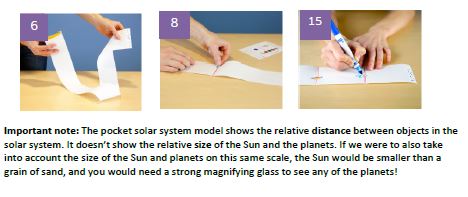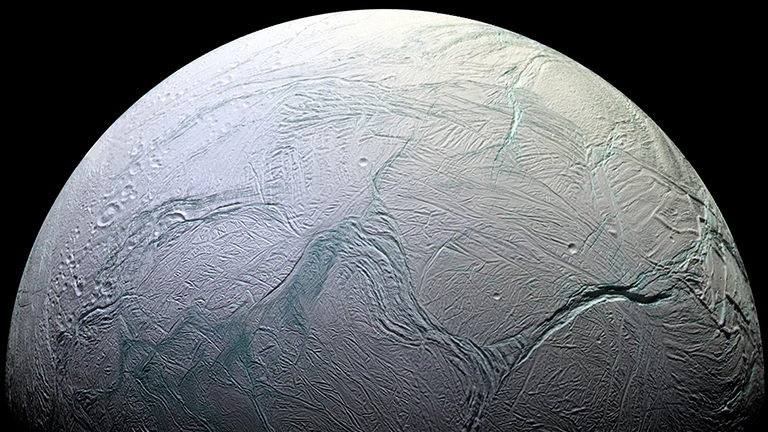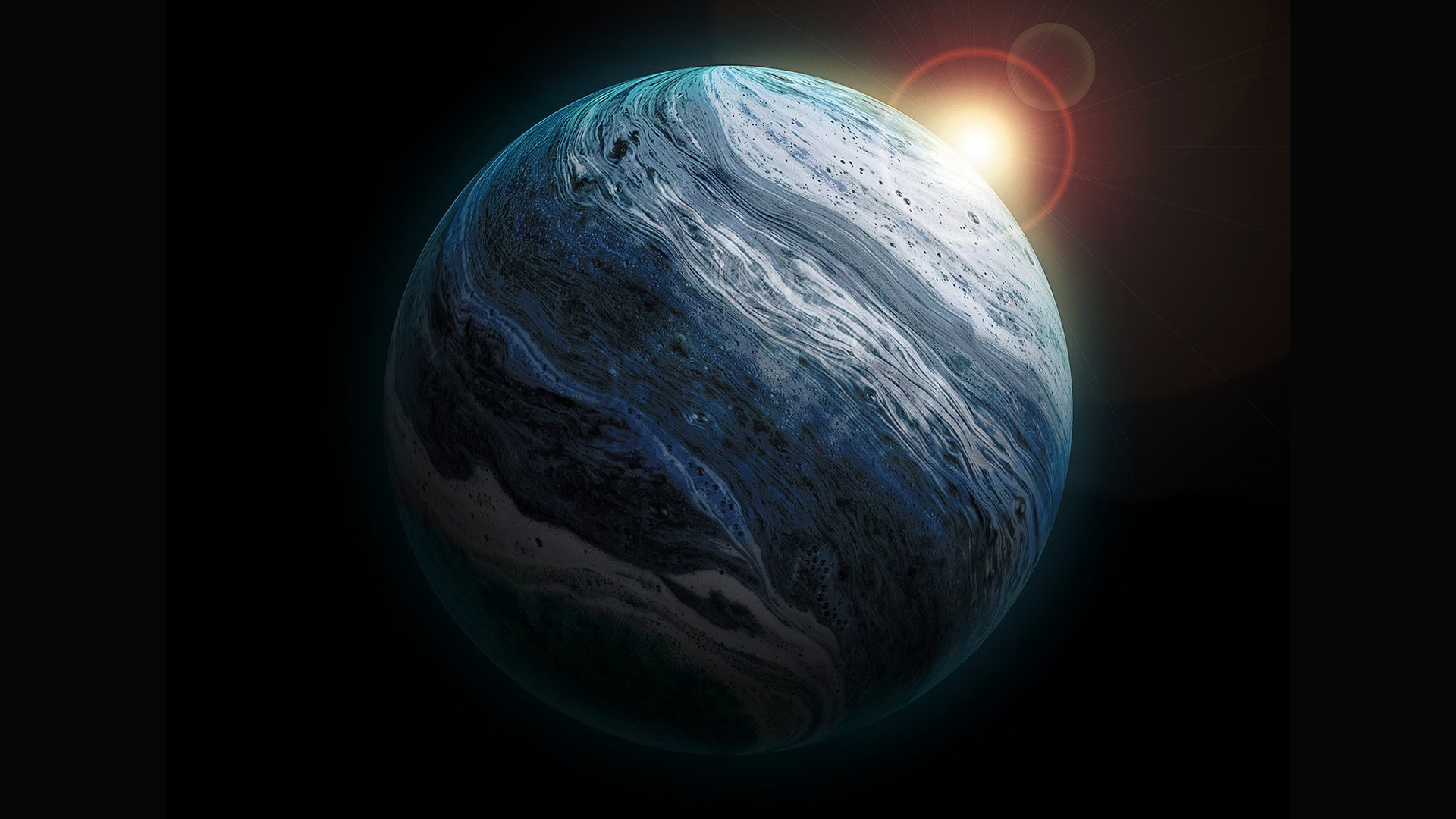Traducido por Károl de Rueda y Laura Vilaret-Tuma.
Descubrimiento en casa: Móvil del ciclo vital de una estrella
Durante los billones de años que podría durar su existencia, una estrella de densidad baja (al igual que nuestro Sol), experimenta muchos cambios. Aprende más sobre las diferentes etapas de la existencia de una estrella, y crea tu propio móvil.
El ciclo de vida de una estrella
El ciclo de vida de una estrella se determina por su tamaño o por su masa. Mientras más contenido tenga de esta, más corta resulta su vida. La cantidad de sustancia retenida por una nebulosa determina si va a nacer una estrella de masa alta o baja, como el Sol. Vamos a representar estas etapas de vida en nuestro móvil.
Pero, ¿y cómo se forman las estrellas? Mientras nubes de gas y polvo trastean en una nebulosa, hidrógeno molecular empieza a unirse por la fuerza de la gravedad. Girando más rápido, el hidrógeno se calienta y se vuelve una protoestrella. Cuando está suficientemente caliente, (¡8,333,315 grados Celsius, o 15,000,000 grados Fahrenheit!), comienza una reacción llamada fusión nuclear en el centro, atrayendo más gas y polvo. En un corto tiempo, la estrella se estabilizará y emitirá un resplandor brillante. Esta continuará a emitir su luz por millones o hasta por billones de años. La estrella más cerca de la Tierra, el Sol, está actualmente viviendo esta etapa.
Cuando pasa el tiempo, el hidrógeno presente en el centro de la estrella se convertirá en helio a través de la fusión nuclear. Cuando el hidrógeno se haya agotado, la estrella no tendrá la capacidad de conservar la temperatura que necesita para mantener su tamaño. El centro de la estrella se contractará mientras que su capa exterior se expandirá y enfriará, brillando en un color rojo. Esta etapa de su vida se llama “la gigante roja.” Mientras se enfría el centro de la estrella, el helio se convierte en carbón. Cuando se extingue el helio, el centro se derrumba y su capa exterior expulsa gases y polvo, formando una nebulosa. El centro de la estrella sigue desprendiendo capas y enfriándose, existiendo como una “enana blanca.” Eventualmente se convertirá en una “enana negra.”
Una estrella de masa alta experimenta una explosión supernova después de ser una gigante roja. Si la explosión es pequeña, la estrella colapsa a un tamaño compacto, una “estrella neutrónica.” Si la explosión es grande, la gravedad puede comerse el centro de la estrella y convertirse en un “agujero negro.” Después de esta información tan interesante, ¿estamos listos para nuestra actividad?
Artículos necesarios:
- Plato desechable de papel
- Abalorios, cuentas o chaquiras, pompones, lentejuelas, papel de varios colores, bolas de algodón, relleno de almohada, etc.
- Pinturas, marcadores y lápices de colores
- Tijeras
- Pegamento
- Cordel/cuerda/hilo
Instrucciones:
- Decora tu plato de papel como el espacio. Este será el telón de fondo para el ciclo de vida de tu estrella.
- Con cuidado, usa las tijeras para cortar tu plato de papel como un espiral. Si es necesario, pídele ayuda a un adulto, dejando un centro redondo y bien pronunciado.
- Usa pegamento, cinta adhesiva, o haz un agujero en el centro del plato para atar un cordel.
- Selecciona varios objetos para representar las diferentes etapas de la vida de tu estrella. Escoge los materiales que prefieres o que tengas disponibles. Si quieres, sigue estas sugerencias:
a. Nebulosa de vivero estelar: bolas de algodón o relleno de almohada
b. Protoestrella: chaquira o lentejuela pequeña y de color claro
c. Estrella de secuencia principal (como el Sol): abalorio o pompón amarillo
d. La gigante roja: pompón grande o recorte de círculo de color rojo
e. Nebulosa planetaria: bola de algodón, abalorio pequeño, o relleno de almohada
f. Enana blanca: abalorio o pompón blanco
g. Enana negra: abalorio o pompón negro pequeño
Pega los materiales a tu espiral empezando de arriba hacia abajo y en orden. Asegúrate que estén uniformes y bien espaciados.
- Cuando termines de armar tu móvil, cuélgalo. Mientras gira, ¡observa las diferentes etapas de la vida de una estrella!
¿Te gustaría descargar esta actividad? Haz clic aquí para obtener un archivo PDF.
Para encontrar actividades, ideas y mucho más descubrimiento en casa, ¡síguenos!















